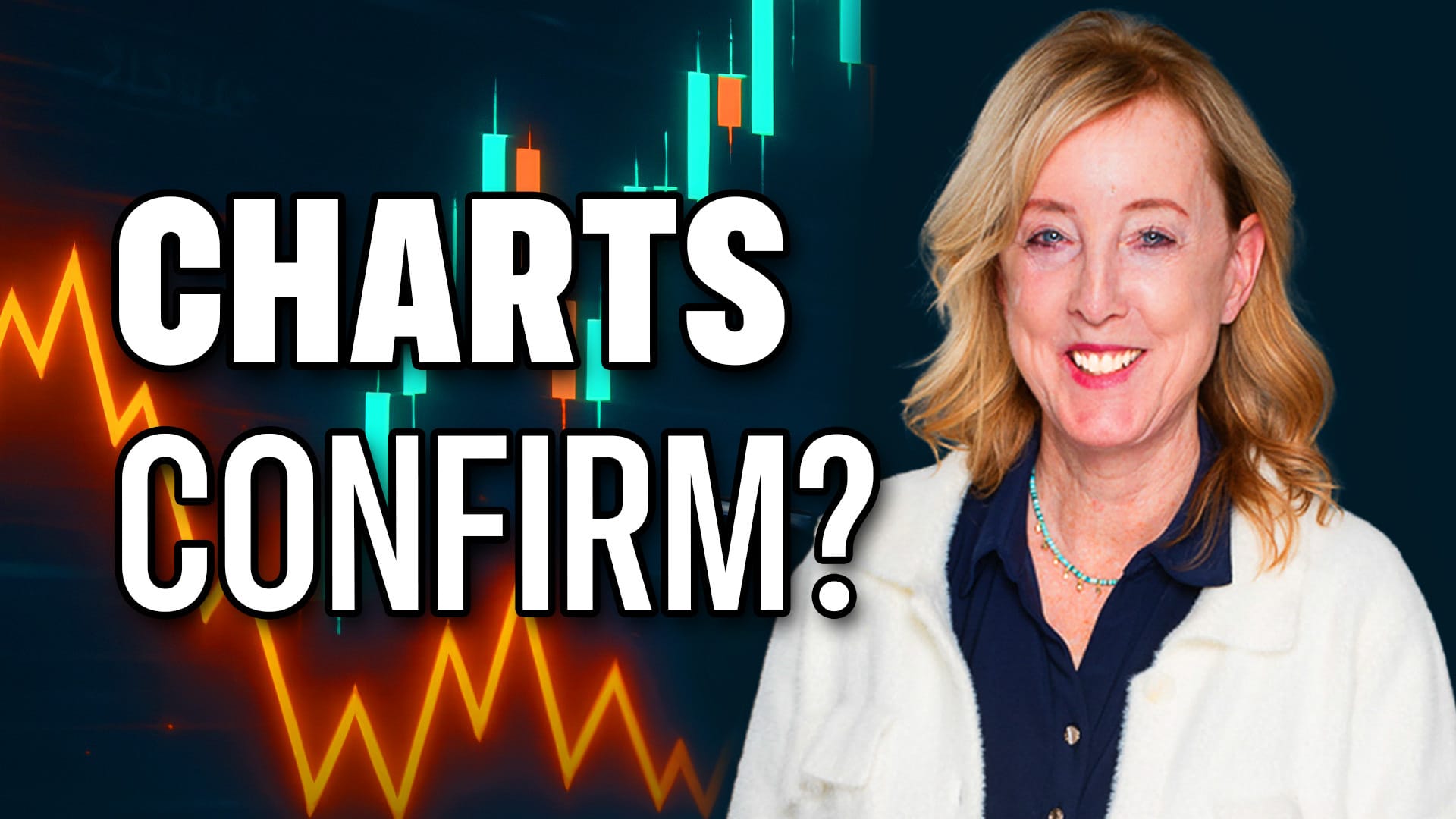THE FED MAY NEED TO EMPLOY SOME CHARTISTS -- WARNING SIGNS OF HOUSING PROBLEMS WERE CLEARLY VISIBLE ON CHARTS -- WHY A RISING YEN HAS BEEN BAD FOR GLOBAL STOCKS
AN ARMY OF PHDS DIDN'T SEE ANY PROBLEMS ... It was quite interesting listening to Mr Greenspan explain to Congress that the army of PHDs employed by the Fed (which he claimed were the best in the world) didn't see any problems brewing in the housing market. He also reminded us forecasting is very difficult. One of the oldest jokes on Wall Street is that you can form a line of economists long enough to circle the globe and they still won't reach a conclusion. Maybe the problem is that the government needs to employ some chartists who know how to read the message of the markets. In looking back over my Market Messages since mid-2005, I've located at least a half dozen that warned of a top in the housing market and the problems that would cause for the economy. Here are a few headlines: Housing Index Looks Toppy (8/23/05), Housing Index Peaked in July (11/8/05), Homebuilders Continue to Crumble (6/5/06). One of my favorites was written on March 5, 2007 under the headline: Mortgage Concerns Continue to Plague Market -- Brokers and REITS Lead Decline".

Chart 1

Chart 2

Chart 3

Chart 4
MORTGAGE SITUATION WORSENS... That headline led off my March 2007 message. Here's an excerpt from the first paragraph: "The economic community (aided by a willing TV media) keeps telling us that the subprime mortgage problems are relatively limited and shouldn't impact on the economy or the stock market. And each day everything tied to housing and real estate continues to lead the market lower. Take a look at the four charts. A nearly 5% loss has pushed Countrywide Financial below its 200-day moving average (Chart 1). Further proof that mortgage problems are spreading is seen in Chart 2 with the Broker/Dealer Index closing below its 200-day line...REITs continue to crumble on heavy volume (Chart 3). So are homebuilding stocks. Chart 4 shows Pulte Homes trading at a four-month low...By the time they (economists) figure out what else has changed, it will be too late to do anything about it." The red circles on the four charts mark where prices were when that earlier warning message was written. Draw your own conclusions. I wish I had sent the message to Mr. Greenspan and his band of economists.
RISING DOLLAR HURTS FOREIGN SHARES ... I wrote on Tuesday about how a rising U.S. dollar (and falling foreign currencies) were pushing commodity prices sharply lower on growing fears of a global recession. Another side-effect of a rising dollar is that it hurts the relative performance of foreign stocks. Foreign stocks did better than the U.S. from 2002 through the middle of 2008 as the dollar declined. A falling dollar makes foreign investments more attractive. The rising dollar since mid-year, however, has had the opposite effect. Chart 5 plots a ratio of EAFE iShares divided by the S&P 500 (red line). The green line is the US Dollar Index. You can see them travelling in opposite directions. Since the dollar started rallying in July, foreign shares have done much worse than the U.S. That simply reflects the fact that economic problems that started in the U.S. spread to the rest of the world. That was manifested in tumbling foreign currencies which pulled the dollar higher.

Chart 5
RISING YEN SIGNALLED END OF BULL MARKET ... I also showed a chart of a rising Japanese yen on Tuesday and explained that was partially due to the continued unwinding of the "yen carry trade". One of our readers asked why. On September 7 of last year (2007), I wrote a message on the rising yen threatening the global bull market. I showed a chart of the yen versus the Euro which had just hit a new five-month high (see circle in Chart 6). That was just the beginning of the yen's rise. I explained that one of the driving forces in the previous bull market was the "yen carry trade" where traders borrowed yen at close to zero and invested in higher-yielding assets all over the globe. I pointed out last year that the upturn in the yen was a sign that the yen trade was unwinding. In other words, traders were being forced to sell global assets in order to pay back their yen loans (or covering their yen shorts). The rise in yen has coincided with the plunge in global stocks (green line). The chart shows that the yen has soared to a record high against the Euro (and is higher versus all other currencies, including the dollar). The line on top of Chart 6 plots the yen against the dollar. The yen turned up against the dollar last July just as the subprime problems surfaced and stocks started to peak (see arrows). That's another warning sign the Fed and its economists should have seen.

Chart 6









